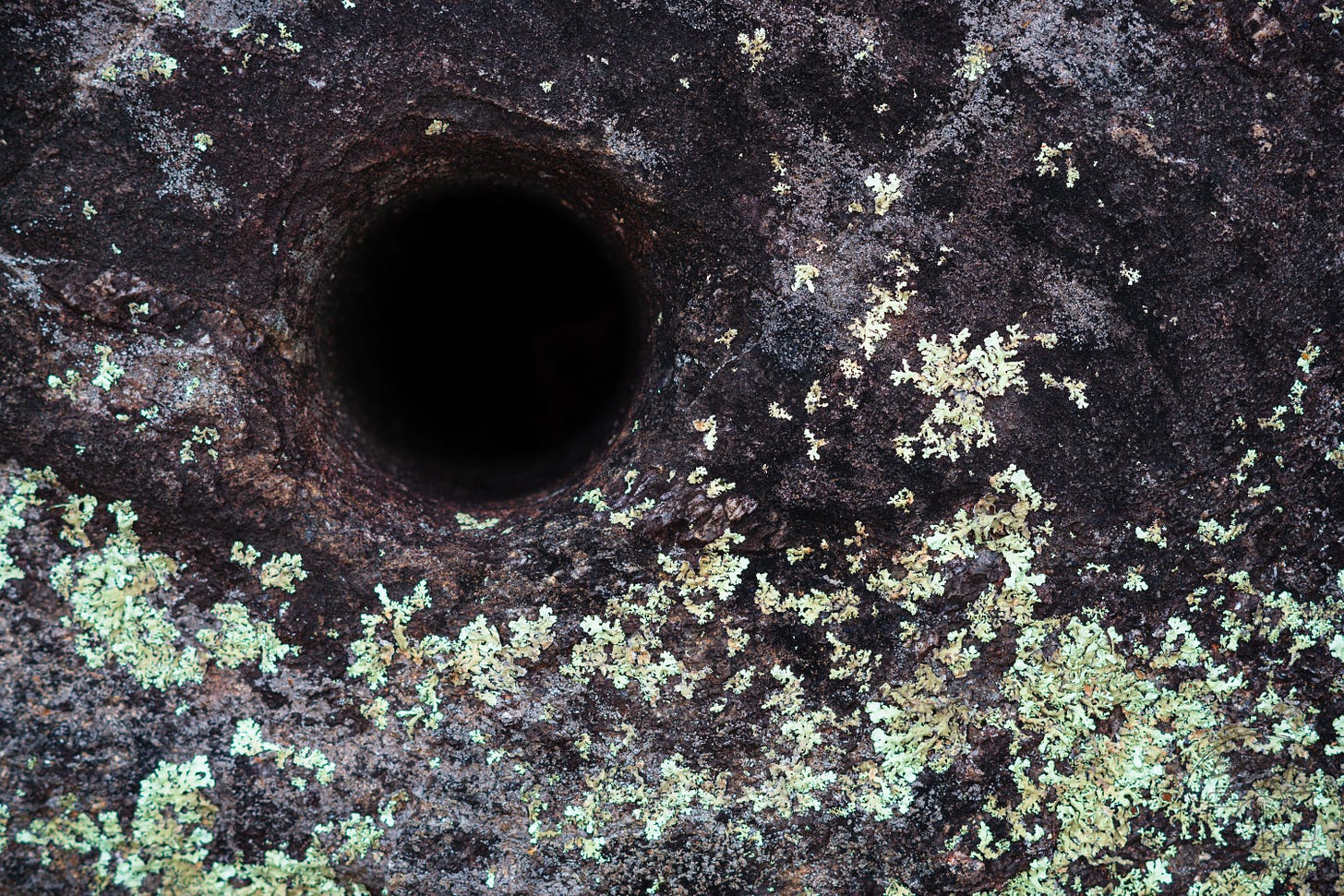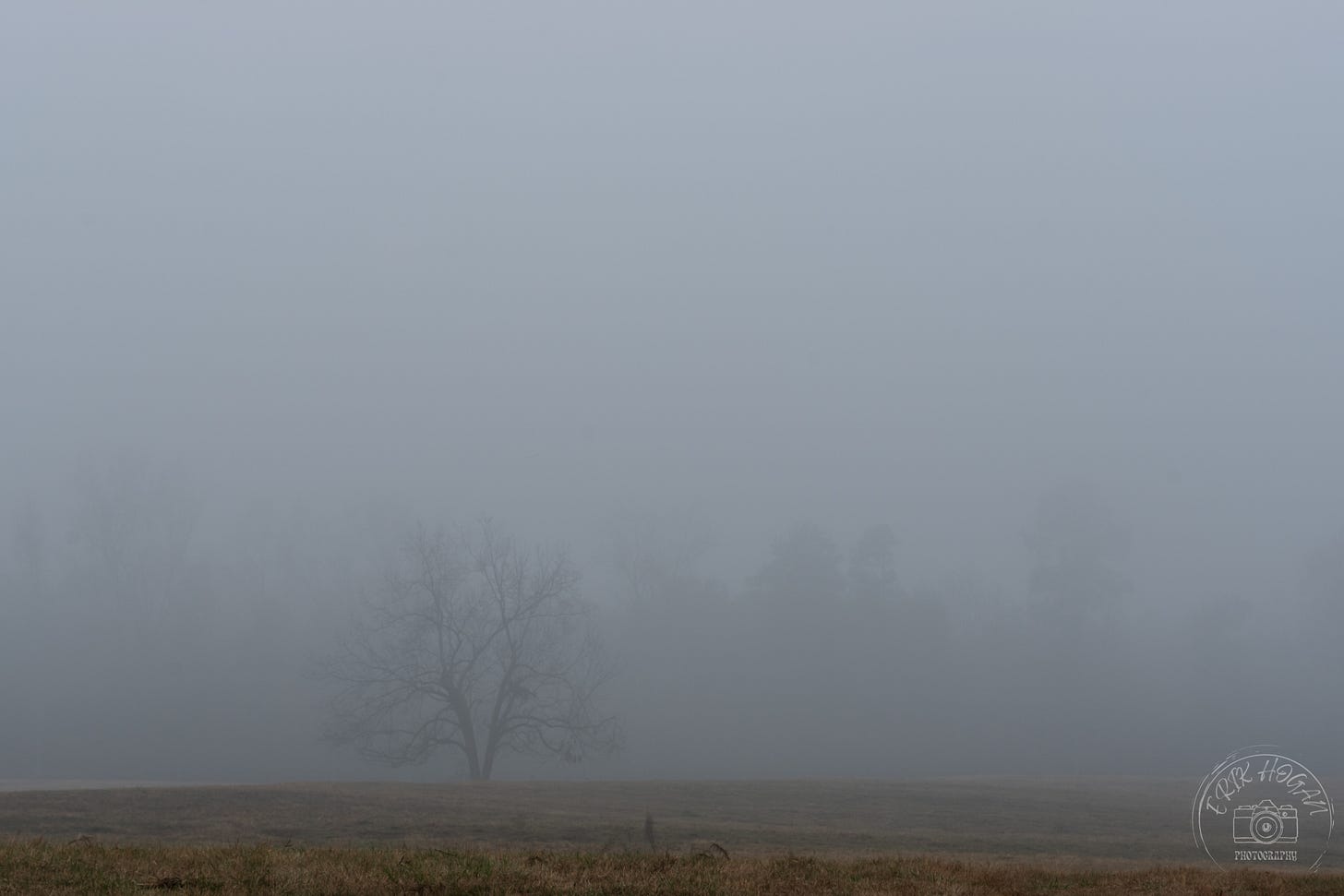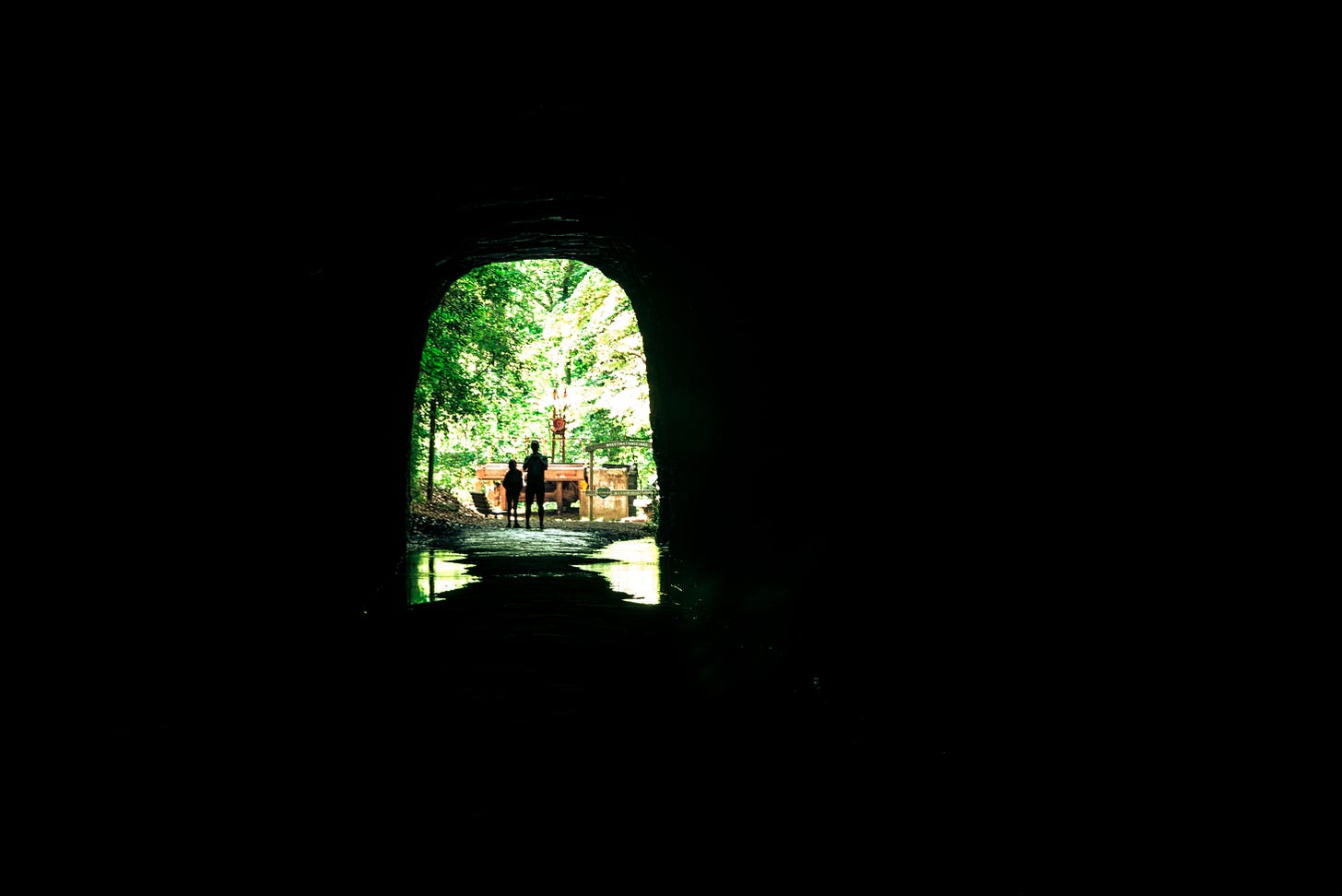Welcome to Field Notes!
For many weeks I have been considering the idea of negative space, as it applies to photography, writing, and film. The idea is scurrying in my mind, burrowing and trying to find a way out. I’m not sure if this little thought creature has reached its final evolution, but it has grown enough for me to release it here to see if it can fend for itself. Maybe it will run back to me. In that case I will nurture it some more and try again in the future. For now, lets take a look at what this thing looks like.
Lets go!
How do we grasp absence? Can we mold the emptiness that lingers around a subject? Silence can speak louder than any emphatic words, but what does it say? As we consider these ideas we are stepping through the looking glass into the world of Negative Space.
Vacancy exists in a photo, between words on a page, and ideas in the mind. While a subject stands sharp and defined, the surrounding emptiness becomes an independent, alive thing. It is a shape of its own, unnoticed in plain view. As we look it watches us back, making its presence known by esoteric suggestion.
How do we understand something that is not? The void cannot be succinctly defined. If a subject is clear, negative space is the unexplained mystery surrounding it. An ever present absence. Can our awareness of it lead to an enlightenment that transcends rational understanding?
Negative space is untamable. It is the inverse of an object to be shaped. It is the gap between words that pauses thought and stumbles time. It is not a thing to be grasped and utilized, yet maybe it can be encouraged. Perhaps recognition of negative space can coax it into collaboration with an artist’s vision.
Canyon Climb
Stuck on a cliff face
I stand and sweat
afraid to
breathe
And I glance back, thinking
of
falling
and
hitting rocks and branches
before landing
on solid earth with a
thud.A subject draws attention. Objects are defined by edges. And yet, viewed from the other side of the veil, these edges are defined by the space around them. The subject stands out because of the surrounding absence. It is a false dichotomy. The subject and the negative space are the same thing.
So often we rely on words to illustrate experiences and ideas. Perhaps in film we can find negative space in their absence. It then becomes incumbent upon the viewer to define their own interpretation of the experience.
These examples are my own. They are not the best examples of art or literature, but they are my peeks at a reality that exists beneath the superficial layers of this world. Hopefully, I have called your attention to negative space enough to allow you to see it in all things. It reverberates in the enormity of the gap Michaelangelo painted between the fingers of Adam and God. Or, in a different sense, as Leondardo da Vinci shows us, in Mona Lisa’s smile. More contemporarily, we become retroactively aware of negative space at the end of M Night Shamalan’s The Sixth Sense. When we look, we see negative space everywhere.
And so, let us focus inward towards ourselves. It is stated that art is a reflection of life. Do we then have negative space in our lives? What defines us? Is it our own conceptions of ourselves, or is it the space that separates our inner minds from the world around? Perhaps these are one and the same. As we seek to improve ourselves and our experience in this life, we might work together with the mysteries that surround us. Maybe, encircled by darkness and the unknown, our inner radiance can shine.
For as long as I’ve thought about this topic, and as much as I’ve re-written this post, I am still not fully satisfied with the results. Maybe that is yet another layer of negative space. In any case, these are some of my thoughts at this time. I’m sure I will touch on this again in the future.
For now, I would love to hear your thoughts on negative space. Let me know what you thought of this post and some of your own ideas in the comments!
If this philosophical hatchetwork has been of any interest to you, to may also like this essay-
Reflections on Life in Opacity
Welcome to Field Notes! I was out and about in the world the other day and experienced very dense fog throughout the morning. This is highly unusual for my location. I took many photos of the conditions, but the weather also prompted more abstract thoughts.
I hope that you’re finding Field Notes valuable and, if so, please help spread the word! Forward the email, tell people, or click the link below to share-
And if you haven’t yet, please consider subscribing!

















I hadn't even considered music, but you are exactly right. It's so apparent when you look (or listen)! I really like how you phrase 'a place for the mind to rest.' So true. And I would love to see some of your photos! Thanks!
Erik, you did a beautiful job of writing and explaining your thoughts on negative space. As a fellow photographer, I often think about these concepts, especially space in general. In music, the pause may be just as, or more important than the note played, a place for the mind to rest. In photography, you eliminate all but what is essential in the composition. How poetry often allows for pause and reflection.
I'm sure I have some photographic examples of negative space. If can find a good example of negative space I'll send it along.